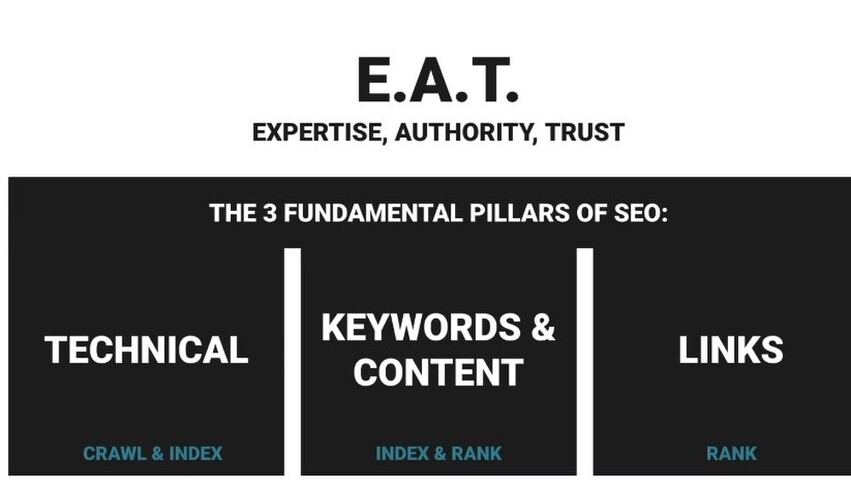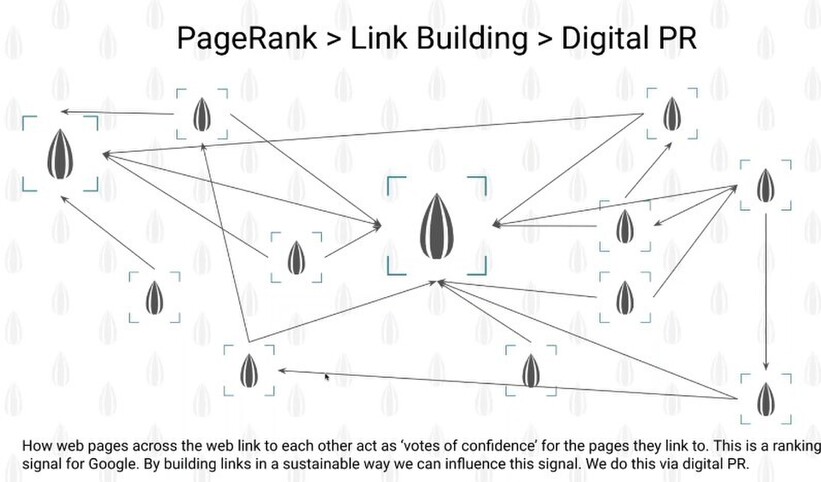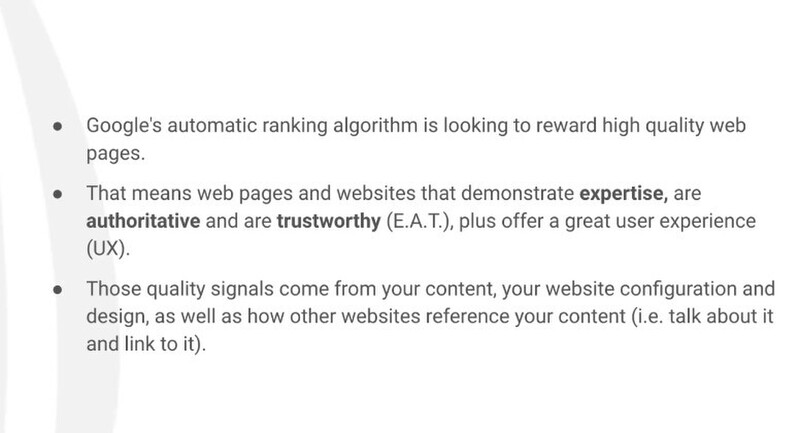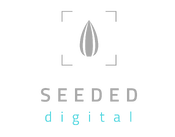Series: Getting into D2C eCommerce SEO > Episode 7: What is Google looking for from your website?
Technical
What do you need to do? How do you play to its system. What is Google looking for?
The three fundamental pillars of SEO displays what a search engine is asking, what it is looking for.
As we have already highlighted. Crawling the web, indexing it, and then ranking it according to what's most relevant for a particular query.
And the way we then put that into work streams or a top level work stream, from an SEO perspective, is a technical pillar.
So a question to start with is does your website let Googlebot to come in and look at all of your content?
Can Googlebot come in and find all your links in one pass can find all your pages in one pass, or is it going to bring caffeine in, render a bit, find more links, and come back?
That's inefficient. To Google if they have to do the latter, that's inefficient for them.
There's the technical aspect of of SEO, which is really related to the crawling and indexing.
Keywords and content
Where it comes down to the indexing side of things. OK, Great. You've let Googlebot into your website. It can access all of the web pages, and you've got no content on them. Ah.
What signals are you giving to Google there in terms of what should be indexed?
So keywords and content is absolutely key in terms of generating topic clusters. In terms of looking at content, how you should write about the thing that you're good at. In terms of practice - what is Google currently rewarding in search?
Competitor analysis - so let's not re-invent the wheel. But let's look at what it likes already, and then put our own spice and flower on the top of it?
So, there's a process here that we go through:
These are the keywords. This is the intent that we want to tap into in search.
Then, how do we go about actually capturing that? Well, we need to organise our pages. We then need to interlink them in the right way so that we can demonstrate expertise in certain topic areas.
That is the site structure. That is your website structure. That is the content strategy on site, in terms of how you do that.
Watch rich results do we want to get for a particular keyword that's targeted on page?
So, we need to make sure we include that asset on that page. It's all of that planning that goes into that. And then we come onto the links side of things, which is to do, not exclusively, but to do with the ranking side of things.
We hope you're enjoying our series on "Getting into D2C eCommerce SEO" and if If you'd like to sign-up to receive this sort of content from us into your inbox, then you can do that with the form at the bottom of this page.
Links
So, keywords and content is very much to do with indexation, and ranking links is to do with ranking.
Let's just take a look at that, and then we'll come back to the EAT part.
This is a very crude look or stylised branded and stylised, version of the Internet.
If you can imagine that each of those seeds in boxes is a website.
And those arrows are links pointing into and out of those different websites.
Obviously, some of those websites are attracting more links than others, And the size of the seed in the box there is a representation of the subsequent power or ranking power that page has.
So before we get any further, I just want to go back in time a little bit here.
If we go back to 1998, when Google was first established and launched by Sergey Brin and Larry Page, Founders of Google, the reason why they were able to get head and shoulders above every other search engine at that point, was because of this: Page Rank.
As in 'Larry Page' page rank.
This is a system that they identified and developed for using links as votes of confidence. Votes have confidence in other websites and other web pages. So if a webpage gets a lot of links, then obviously that's popular. That means a lot.
It should be authoritative, and therefore we can rank that one more.
Obviously, that overtime lends itself to a huge amount of sort of spammy and manipulative behaviour, and hence all the other bits and pieces of Google's algorithm mitigate that.
But it is still a key component of Google's ranking algorithm.
It was developed off the back of looking at looking at academic journals.
So when looking at academic journals, what could be de identified was some in the citations, whenever you're writing a journey that you have a whole set of citations at the end that the work is based on and has informed your work and so on and so forth.
What was found was that some of these journals out there were cited a lot more often than others, and, hence, could be divine from that, that these were more important when it was considered that particular topic area was considered set up, right.
So, citations are a great way of dividing importance links. This is where it was born in. The journals are just documents, webpages are just documents. The internet is a free and open version of the same thing.
If we link those up and then can crawl those links, we can. We can actually define those as signals to say that certain web pages and websites are more important than others.
That's what links to their votes of confidence in other websites.
Worth noting that not all links are equal. If you get a link from the BBC. That's obviously a hugely powerful website.
It has any number, whatever, any number of links coming and trust signals for itself is that links out. That is then passing a huge amount of clout to the website that it then links to.
It's going to convey more value to us than perhaps one of these one of the smaller doesn't mean saying we don't go after those smaller links, but not all links are equal. So that's that system, that's page rank.
It is one component of lots of ranking components that Google looks at, but it's still an important one.
So that's the linking side of things.
Expertise, Authority, Trust (EAT)
There is this paradigm around, Expertise, Authority, and Trust.
Now, this pertains mostly to your money or your life websites. These are websites that give you health advice. You know, money, investment, advice, those sorts of things.
But it's actually a really good paradigm, just for generally thinking about your content, and thinking about your website expertise. Is your content showing you up to be an expert in your field?
Is your content representing you in a fair way?
Is there another way of saying that if you are an expert in your field, in terms of what you do, does your content represent that? Is there enough there to show Google that you are an expert in your field?
The authority side of things, if we're talking in this sort of purest form, if we're talking your money, your life type websites, who are the people writing it? And do they have a bio? Is there a bio that we can link to that has their background and the reasons why this person has the authority to speak on that subject? Is this person getting by lines on other websites that relate to the industry etc.
Do we have links from other websites that are well reputed within the within our industry and so on. And are these powerful websites? Are we getting those votes of confidence in displaying the right authority levels and trustworthiness?
When we are talking D2C. You are taking people's money. You're taking their credit card details through the website. Through your app. That falls into this category. And so, there's actually a huge number of websites that fall into this EAT paradigm fairly and squarely.
EAT is is straight from Google, and it is a way of thinking about content.
It is a way of holding ourselves to account.
If we understand what's involved with it, holding ourselves to account to say, have we done enough? Are our competitors doing this better? Have we done enough to satisfy this? If a human rater looked at our website, would they think that we're displaying all of the signals?
So we've got the three fundamental pillars of SEO. They sit and the backdrop for that is the attitude is E A T?
In Summary
So in summary, the quality signals that we're talking about comes from your content, your website, how its configured, how Google can access it, the design, and the UX.
All those things play a part in making sure we're sending the right signals to Google.
So when starting out - understand that's how Google works, that's what it's looking for, and why.
Sign-up to receive this sort of content in your inbox
By filling out this form and clicking 'Sign up' you're giving us permission to email you with our marketing material (this kind of stuff is our marketing material). You'll be able to unsubscribe at any time via any of the emails we send, and we'll not be passing your data to any third parties... because we're not dicks. We're hoping that's something you can live with. Thank you so much for checking out our content - we really appreciate it.





